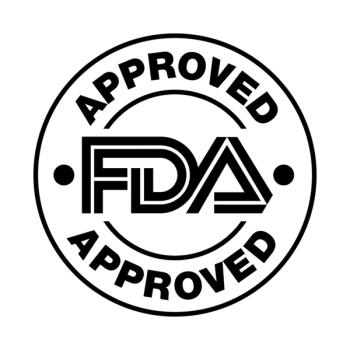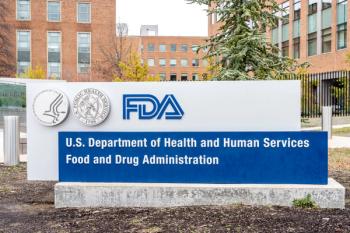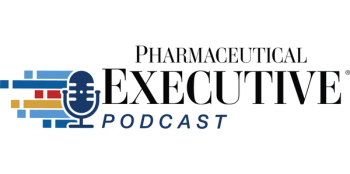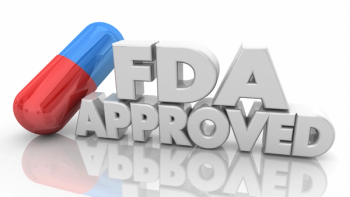
The Urge to Merge: Dealmaking Lessons from Pharma History
The major pressures hindering pharmaceutical industry success have not changed-payer constraints on drug costs, R&D productivity.
The major pressures hindering pharmaceutical industry success have not changed-payer constraints on drug costs, R&D productivity, an increasingly risk-averse regulatory climate, generic encroachment, and negative public perceptions linked to reputation.
Looking at the latest rendition of the
To successfully access innovative products in areas of high unmet medical need and sustain revenue growth, many firms have chosen to acquire or merge with competitors.
Mega–merger activity in the industry is not new. For example, Novartis was formed in 1996 when Sandoz merged with Ciba-Geigy, which itself was the product of a merger in 1970. Today’s Sanofi is actually an entity that represents a collective of some 11 companies that had been previously independent.
A 22-year illustrative history of industry merger activity from 1989-2011 is shown the chart below.
For the rest of this article,
Cliff Kalb is President of Kalb & Associates and a member of Pharm Exec’s Editorial Advisory Board. He can be reached at
Newsletter
Lead with insight with the Pharmaceutical Executive newsletter, featuring strategic analysis, leadership trends, and market intelligence for biopharma decision-makers.





